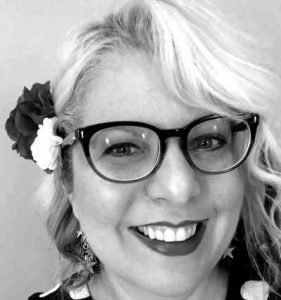According to the mental health statistics found through the National Institute of Mental Health, “Major Depressive Disorder is the leading cause of disability in the United States for ages 15-44.” The site points out that Depression is not something that is just in your head, it’s a “serious medical illness.”
What does this have to do with writing?
The link between creativity, depression and mental illness is one that has claimed the lives of countless painters, poets, philosophers and writers throughout the ages from every culture imaginable. Ryūnosuke Akutagawa, Jean Améry, Hubert Aquin, Reinaldo Arenas, Thomas Chatterton, Sadeq Hedayat, Ernest Hemingway, Gérard de Nerval, Socrates, Virginia Woolf, and many others are just a few of the authors who took their own lives, affected by depression. After reading a CBS interview about creativity and depression, it seems as if we should pay attention, not only to historical figures who have already committed suicide, but to today’s creative people to support and understand why so many seem to take their lives into their own hands.
After performing extensive research, I have not been able to find any resources offering hard data as to why this may be so. As a writer myself, I can only speculate why that is–it could be that many writers are depressed and don’t even realize it, or maybe they don’t know the difference between “clinical” depression and shrug off their bad moods as a passing “mood swing.”
Whatever the reason, I think that as writers it’s important to understand what mental illness is because, in my opinion, it might be possible that we are more susceptible to poor health simply because of the fact that writing is a very lonely, solitary activity.
My opinion is, in part, supported by this clinical trial about female writers and depression. Their conclusions indicated that, The high rates of certain emotional disorders in female writers suggested a direct relationship between creativity and psychopathology. But the relationship was not necessarily a simple one. As the results of the predictive analysis indicated, familial and environmental factors also appeared to play an important role.“
In this case, “familial and environmental factors” seems to mean the life you have outside of writing. As all of our lives are different, trying to analyze writers for hard data is like trying to barcode human beings.
In Part Two of my article on Writers and Depression, I will share some of the factors that cause depression and talk about some of the things we can look for to catch ourselves from falling. If you have feedback or wish to contribute to the next article for this series, please contact: Monica Valentinelli



One Response to Essays: Writers and Depression Part One